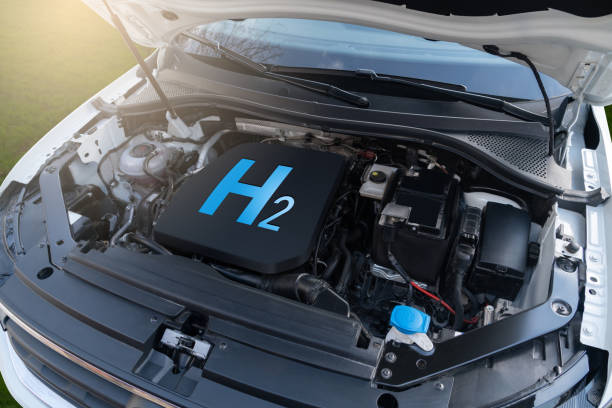"Revving Up the Future: The Pioneering Shift to Hydrogen Fuel Cell Cars"
Imagine a world where your car emits nothing but water vapor. This is not a far-off vision, it's a reality being shaped by the pioneering advancements of Hydrogen Fuel Cell Vehicles (HFCVs). This article delves into the historical context, the mechanics behind these innovative machines, and their potential impact on the industry and environment.

The Rise of Hydrogen Fuel Cell Vehicles: Tracing the Historical Context
HFCVs are not as new as they may seem. The first hydrogen fuel cell was developed in 1842 by Welsh scientist Sir William Grove. However, it wasn’t until the 1990s that car manufacturers began to seriously explore this technology for automotive applications. As the world grappled with the growing concern over climate change and fossil fuel dependence, the potential of HFCVs began to shine brighter.
The Mechanics: An Inside Look at Hydrogen Fuel Cell Technology
At the core of an HFCV is the hydrogen fuel cell. This device converts chemical energy stored in hydrogen gas into electricity, which then powers the vehicle’s motor. The only byproduct of this process? Water. The entire process is a remarkable blend of chemistry and engineering, promising a greener and more sustainable future for automotive propulsion.
Current Trends: HFCVs in Today’s Automotive Landscape
Despite their promise, hydrogen fuel cell cars are still a rarity on the roads. They currently represent a small fraction of the total vehicle market. However, several automotive giants such as Toyota, Hyundai, and Honda are investing heavily in this technology. As infrastructure for hydrogen refueling improves, we can expect to see more HFCVs on the road.
The Impact: Benefits and Challenges of HFCVs
HFCVs hold the potential to revolutionize the automotive industry, presenting a sustainable alternative to fossil fuels. They offer long driving ranges and quick refueling times, comparable to conventional vehicles. However, there are challenges. The current lack of hydrogen refueling infrastructure and the high cost of hydrogen production are significant hurdles to widespread adoption.
Driving Forward with HFCVs
The journey to a greener automotive future is multi-faceted, and hydrogen fuel cell vehicles are an exciting part of this road map. With ongoing advances, increased investment, and a growing recognition of the need for sustainable transport, the era of the HFCV is dawning. It’s time to rev up the engines and embrace the ride.
In conclusion, while HFCVs are not yet common on the roads, there’s no denying their potential to reshape the automotive industry and drive us towards a cleaner, greener future. As we continue to innovate and overcome the challenges, the prospect of a world where cars emit nothing but water vapor is becoming more tangible. Until then, let’s fuel the conversation and drive forward with curiosity and anticipation.




